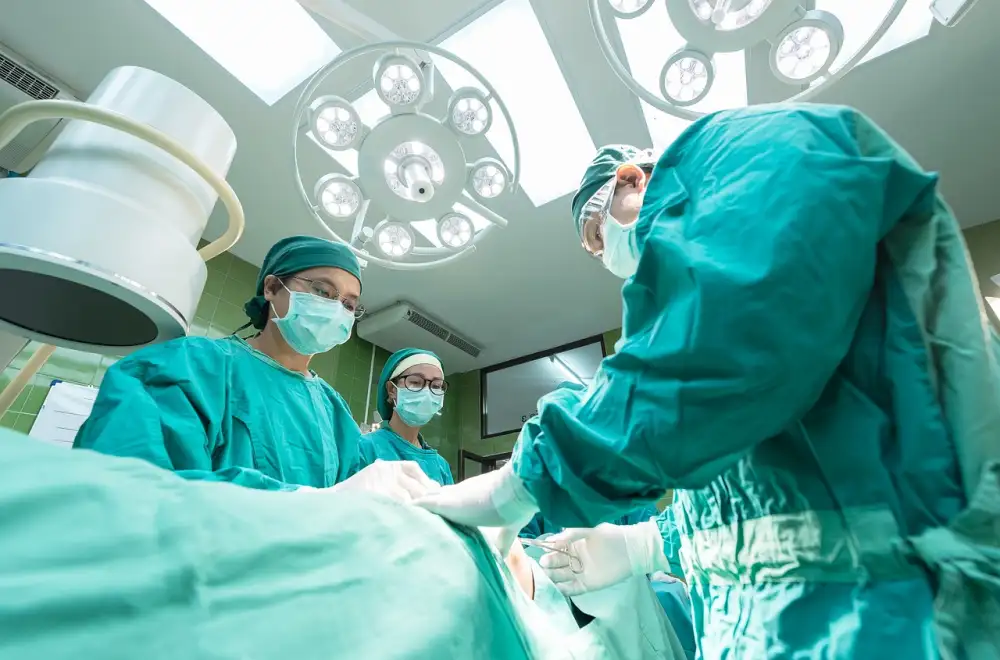Transformative Results: Asian Eyes Before and After Surgery Revealed

Asian eye surgery, also known as double eyelid surgery or Asian blepharoplasty, is a cosmetic procedure that aims to create a crease in the upper eyelid for individuals of Asian descent who are born without a natural eyelid crease. This surgery has gained popularity in recent years as more people seek to enhance their appearance and achieve a more prominent eyelid contour. The procedure involves reshaping the skin, muscle, and fat tissues around the eye to create a defined upper eyelid fold, resulting in a wider and brighter appearance to the eyes.
Common reasons for undergoing Asian eye surgery
Asian eye surgery, also known as double eyelid surgery or Asian blepharoplasty, is a popular cosmetic procedure among individuals of Asian descent. Common reasons for undergoing this surgery include enhancing the appearance of the eyes by creating a crease in the upper eyelid, making the eyes appear larger and more defined. Some individuals may opt for Asian eye surgery to address asymmetry in the eyelids or to correct drooping eyelids that can obstruct vision. Additionally, some individuals choose this procedure to achieve a more youthful and rejuvenated look.
Types of Asian eye surgeries available
There are several types of Asian eye surgeries available to address specific concerns and achieve desired aesthetic outcomes. One common procedure is double eyelid surgery, which creates a crease in the upper eyelid for a more defined appearance. Epicanthoplasty focuses on widening the inner corner of the eye to reduce the appearance of narrow eyes. Another popular option is lateral canthoplasty, which elongates the outer corner of the eye for a more lifted look. Additionally, ptosis correction surgery can address drooping eyelids by tightening the muscles responsible for lifting the eyelids. Each type of surgery targets different aspects of the eyes to enhance their shape and overall appearance.
Risks and complications associated with Asian eye surgery
Asian eye surgery, like any surgical procedure, carries risks and potential complications. Some common risks associated with Asian eye surgery include infection, excessive bleeding, scarring, asymmetry, and changes in vision. Complications such as dry eyes, difficulty closing the eyelids completely, and dissatisfaction with the results may also occur. It is crucial for patients to thoroughly discuss these risks with their surgeon and follow post-operative care instructions carefully to minimize the likelihood of complications.
Recovery process and post-operative care
After Asian eye surgery, patients can expect some swelling and bruising around the eyes. It is crucial to follow the surgeon's post-operative care instructions diligently. This may include using prescribed eye drops, applying cold compresses to reduce swelling, and avoiding strenuous activities. Patients should also attend follow-up appointments to monitor healing progress. Full recovery typically takes a few weeks, during which time patients should protect their eyes from sunlight and wear sunglasses. Adhering to post-operative care guidelines is essential for optimal results and a smooth recovery process.
Before and after images of Asian eyes following surgery
Before and after images of Asian eyes following surgery showcase the transformative results that can be achieved through procedures such as double eyelid surgery, epicanthoplasty, and blepharoplasty. These images demonstrate how the shape, size, and symmetry of the eyes can be enhanced to create a more defined and youthful appearance. The before images typically show features such as monolids or uneven eyelid creases, while the after images reveal well-defined double eyelids and improved eye contouring. It is important to note that individual results may vary based on factors such as surgical technique and patient anatomy.
Patient testimonials and experiences
Patient testimonials and experiences play a crucial role in understanding the impact of Asian eye surgery. Many patients report increased confidence and satisfaction with their appearance post-surgery. One patient, Sarah, shared, "I always felt self-conscious about my monolids, but after the surgery, I feel more beautiful and confident." Another patient, James, mentioned, "The surgery not only improved my vision but also enhanced my overall facial aesthetics." These testimonials highlight the positive outcomes that can result from Asian eye surgery when performed by a skilled surgeon.
In conclusion, it is crucial for individuals considering Asian eye surgery to prioritize informed decision-making and seek consultation with a qualified surgeon. Understanding the risks, benefits, and potential outcomes of the procedure is essential in ensuring a successful experience. By consulting with a skilled and experienced surgeon, patients can receive personalized guidance and achieve their desired results safely. Making well-informed decisions will lead to greater satisfaction and confidence in the transformative journey of Asian eye surgery.
Published: 04. 05. 2024
Category: Health



